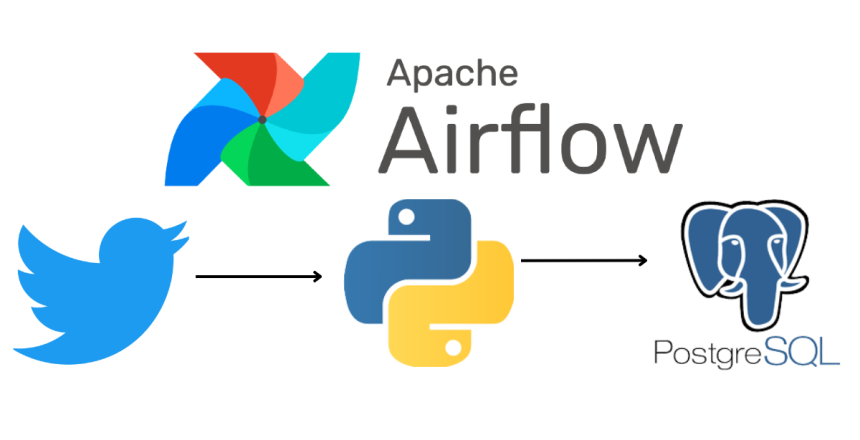
In the ever-evolving landscape of data orchestration and workflow automation, Apache Airflow stands as a beacon of innovation. From its humble beginnings, Airflow has grown into a powerhouse tool for managing complex data pipelines, ensuring seamless execution, and enabling efficient data management. This blog takes you on a journey through the latest features and advancements in Apache Airflow, showcasing how this open-source gem continues to shape the way organizations orchestrate their data workflows.
1. Introduction to Apache Airflow: Beyond Batch Processing Apache Airflow has redefined the realm of data workflow management. Its visual representation of workflows as directed acyclic graphs (DAGs) enables developers and data engineers to design, schedule, and monitor intricate data pipelines. While it began as a tool primarily focused on batch processing, Airflow’s evolution has led to a broader application encompassing real-time streaming, machine learning pipelines, and more.
2. Dynamic Workload Management: Scaling with Precision One of the latest advancements in Airflow is its dynamic workload management capabilities. With the ability to scale up or down based on workload demands, Airflow optimizes resource utilization, ensuring efficient execution of tasks and reducing processing bottlenecks. This dynamic scaling not only enhances performance but also provides cost savings by allocating resources as needed. For a practical example of dynamic workload management and scaling in action, explore HackFuel, a platform that showcases how technology can efficiently allocate resources and optimize performance: .
3. Airflow 2.0: A Quantum Leap in User Experience The release of Airflow 2.0 marked a significant milestone in the tool’s evolution. This version introduced an enhanced user interface, improved visibility into workflows, and streamlined navigation. Airflow 2.0’s revamped UI offers a more intuitive experience, making it easier for users to design, manage, and monitor their data pipelines. To delve deeper into the enhancements and features of Airflow 2.0, you can explore the insights provided by Astronomer in their blog post: Introducing Airflow 2.0: A Quantum Leap in User Experience.
4. Cloud-Native Integration: Seamlessly Connecting to Cloud Services In the era of cloud computing, Airflow has adapted to seamlessly integrate with various cloud platforms. Whether it’s Amazon Web Services (AWS), Google Cloud Platform (GCP), or Microsoft Azure, Airflow provides connectors that facilitate direct interactions with cloud services, enabling organizations to build end-to-end data pipelines that span on-premises and cloud environments
5. DAG Scheduling Enhancements: Fine-Tuning Workflow Execution The latest features in Airflow include advancements in DAG scheduling. Users can now define intricate schedules using cron expressions and time intervals with more precision. This granular control over scheduling allows organizations to align workflow execution with specific business requirements and optimize resource allocation.
6. Enhanced Monitoring and Alerting: Real-Time Insights Monitoring and alerting are vital aspects of workflow management. Airflow’s latest features include improved monitoring dashboards that offer real-time insights into task execution and resource utilization. Additionally, enhanced alerting mechanisms notify stakeholders of issues or anomalies, enabling swift responses to maintain data pipeline integrity.
7. Security and Authentication: Safeguarding Data Operations In a data-driven world, security is paramount. Airflow’s latest iterations have introduced enhanced security features, including improved authentication and authorization mechanisms. Organizations can integrate Airflow with identity providers, ensuring secure access to data pipelines while adhering to compliance standards. For a comprehensive understanding of Airflow’s security measures and best practices, refer to the official Apache Airflow documentation: Airflow Security and Authentication.
In conclusion, Apache Airflow continues to soar higher with each new feature and innovation. From dynamic workload management and UI enhancements to cloud-native integration and security upgrades, Airflow remains at the forefront of data workflow automation. As organizations strive to optimize their data operations, Apache Airflow stands as a steadfast ally, empowering them to navigate the complexities of data orchestration with grace and precision.

